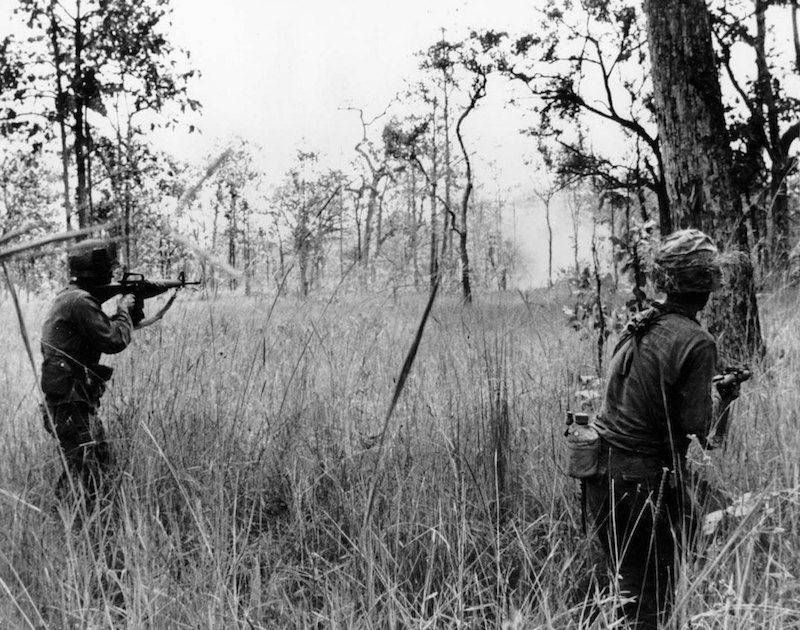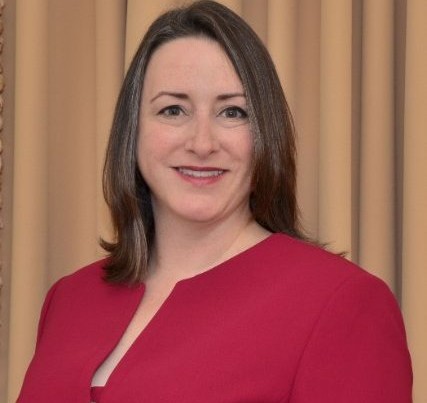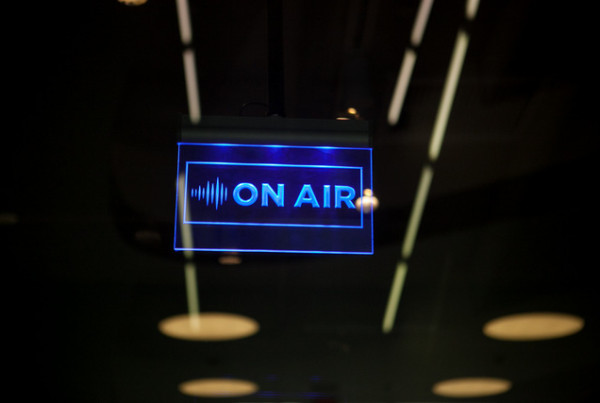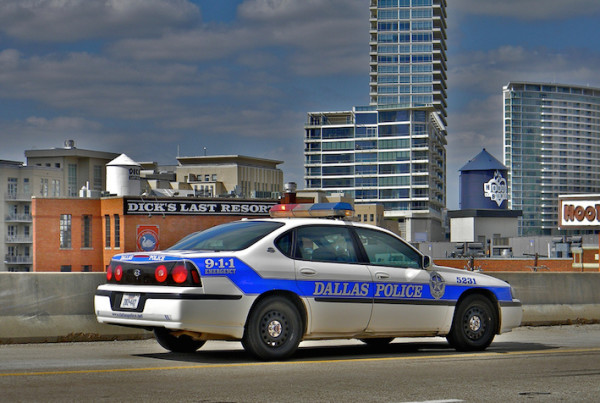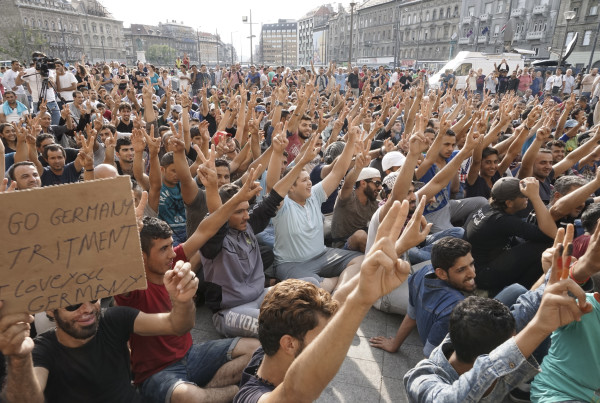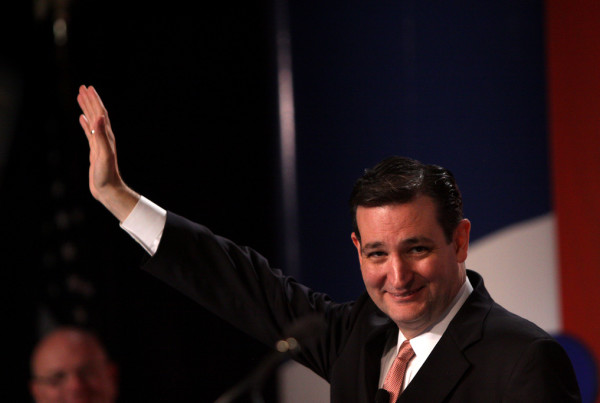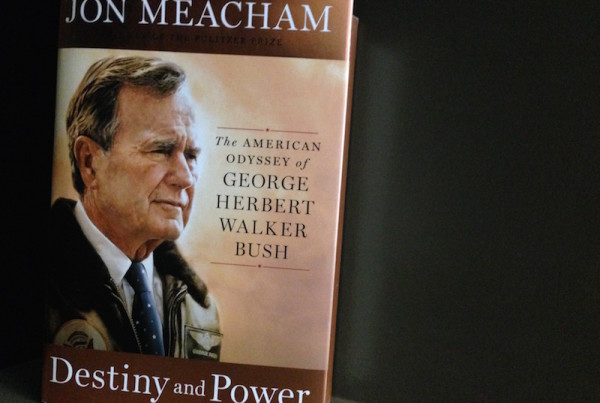Fifty years ago this week, a young UPI correspondent named Joe Galloway talked his way onto an Army helicopter headed for the Ia Drang Valley, in the Central Highlands of Vietnam.
For the next three days, that benighted strip of jungle would be ground zero in the Vietnam War – the bloodiest, most dangerous place in all of Southeast Asia. For Galloway, it was the luckiest break of his budding career.
“This is what I’d been looking for four seven months,” Galloway says in an interview with the non-profit Witness to War. “I had an exclusive front row seat at the biggest battle of the war. And for a wire service reporter, there’s nothing finer. So I got a ride into the pages of history.”
Many years later, Joe Galloway would write some of that history himself in a book titled “We Were Soldiers Once, and Young,” co-authored with Colonel Hal Moore, who led the U.S. troops at Ia Drang. The book would become a best-seller, and then a big-budget Hollywood movie, made in 2002 with Mel Gibson as the Colonel and Barry Pepper as Galloway.
Col. Moore: Who the hell are you?
Galloway: I’m a reporter, sir.
Col. Moore: Well, I can’t guarantee your safety. Where you from, son?
Galloway: Refugio, Texas, sir.
Col. Moore: That’s the first thing I’ve heard all day that makes any sense.
For the record, Galloway really is from Refugio. Overall, he says, the film is “75 percent reality based on the book, 25 percent Hollywood B.S., which I’m told is the reverse of normal for those guys.”
If the filmmakers took some liberties with the story, they hewed to reality on why this particular battle was so important historically – namely that it was the first time the sides met in major battle. In important ways, Ia Drang would turn out to be a crucial, early turning point in the Vietnam War: the moment when Ho Chi Minh, for the first time, would deliberately test his ragtag army against the greatest military power on the planet.
“They knew how to fight the French, the French were road-bound,” Galloway says. “They couldn’t go any faster than a truck, and usually a lot slower. But now we’ve come there and we have all these helicopters, we’re jumping around all over the battlefield, and they wanted to know, can they handle this? Can their troops succeed in battle with a foe who has everything?”
Galloway learned all this much later, when he returned to Vietnam on a research trip for his book, and interviewed survivors from the other side.
“Their commander came up with something he called, ‘grab ‘em by the belt buckle,'” Galloway says. “If you can get through the rain of lead and shrapnel and fire, and get in close enough to grab ‘em by the belt buckle, then it’s just man to man, and we’re as good as they are. We thought we won, they thought they won. General Giap, I asked him, I said, you lost maybe five thousand men killed. He said we could have lost ten thousand or fifteen, for the value of the lessons learned – that we could fight you, and given half a chance, we could beat you. At that point, General Giap knew that the initiative was in his hands, that they would decide when to start a fight, when the fight would end, and they would disappear into a sanctuary that we couldn’t touch. And that’s a point I think at which he knew that he could win and we couldn’t.”
What we know now, but didn’t then, is that the same unthinkable notion – that the U.S. could actually lose the Vietnam War –had occurred to Lyndon Johnson as well, and even earlier. In May of 1964, 18 months before the terrible carnage at Ia Drang, LBJ confided his doubts to McGeorge Bundy, his national security adviser.
“I lay awake last night thinking about this thing,” Johnson says in an archival phone call from the LBJ Presidential Library. “It looks like to me we’re getting into another Korea. It just worries the hell out of me. I just don’t see what we can ever hope to get out of there with, once we’re committed. I believe the Chinese communists coming into it, I don’t think we can fight ’em 10,000 miles away from home and ever get anywhere. I don’t think it’s worth fighting for, and I don’t think we can get out. It’s just the biggest damn mess.”
“It is, it’s just an awful mess,” Bundy says.
“Now of course you start running the Communists, they may just chase you right into your own kitchen,” Johnson continues.
“Yeah, that’s the trouble, and that’s what the rest of that half of the world is going to think if this thing comes apart on us. That’s the dilemma,” Bundy says.
In the end, that dilemma would prove LBJ’s undoing. Four years later, his presidency in tatters, the most talented political figure of his time would bow out of public life for good.
“I think often if somehow I could have written a story so powerful, that it made Lyndon Johnson throw up his hands and say, let’s get out of here, there would have only been 1100 names on that wall in Washington, DC, instead of 58,290,” Galloway says. “I wish I could have done that. I’d have been proud to have that carved on my tombstone. But, there we are. Didn’t happen.”
But what did happen 50 years ago this week at Ia Drang forever changed the course of a conflict, our notions of modern warfare and of American history itself.
The good luck that got Joe Galloway into the Ia Drang Valley also got him safely out. Over the next 15 years he reported from hot spots around the world, although none quite as hot as that first one. Today, he remains active in the cause of America’s Vietnam vets, traveling widely to tell their story to any and all who will listen.
Texas Standard acknowledges the non-profit Witness to War Foundation for sharing their Joe Galloway oral history, the LBJ Presidential Library in Austin for the Johnson phone call – many more available online – and independent producer Steve Atlas for working with us on this story.


